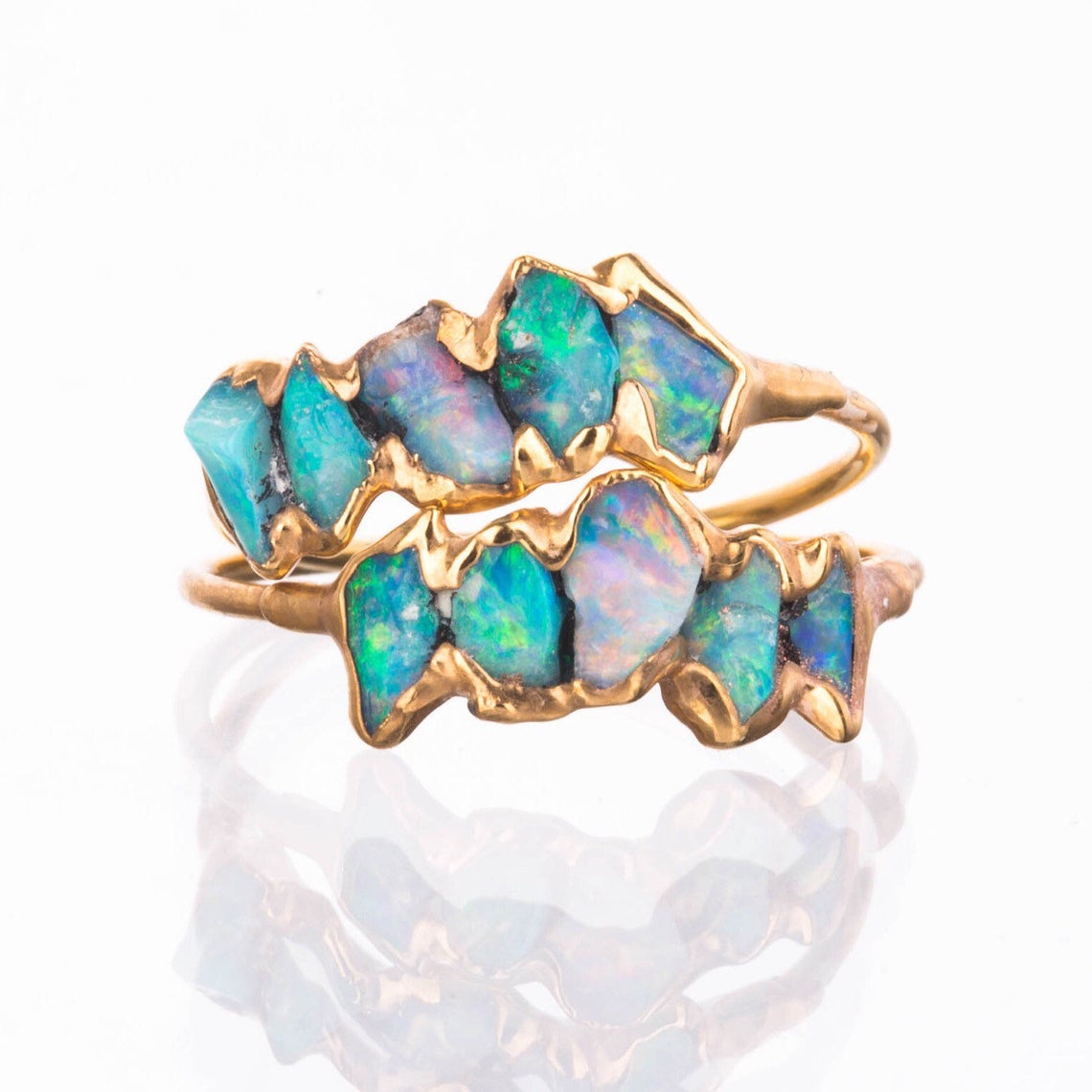
Tips for selecting natural stone
Whenever choosing natural natural stone we often put the aesthetics at the fore. However, considering your requirements and the way the stone performs first will procure a superior outcome.
With so many natural stone types available from granite and limestone to travertine, marble and sandstone it’s easy to feel overwhelmed. Selecting natural rock for the interior or exterior of your house is a very personal decision. While you might be drawn to a particular stone because of its aesthetics, there are factors you will need to consider that will make some types better best suited than others. Not merely how about to consider the way the rock appears, but also its suitability for your own application.
Within this guide, we look at a few of the factors you should consider when choosing natural raw stone rings for your home.
1. UNDERSTAND YOUR PREFERENCES
When selecting natural stone you should look for a product with a specific application at heart. For example, when choosing a stone for a wet area such as a bathroom feature wall, you’ll need to select a natural stone that isn’t susceptible to moisture damage.
Consider – does indeed the stone need to perform a function? Could it be purely decorative? Might it be subjected to sunlight, normal water, heat or dramatic shifts in temperature? Will the rock be installed in a higher traffic area?
2. SELECT A PROPER FINISH
There are many finish possibilities for natural stone that will impact the looks and performance of the material. A number of the surface finishes you may locate when choosing natural rock are honed, brushed, bush hammered, sawn, divide, refined, leathered or old-fashioned.
If you’re planning for a natural natural stone feature wall, the final you choose will mainly affect the appearance. However, if you’re using natural stone as flooring, the structure will impact how it works as well as its appearance. A sawn end, for example, is a lot more desirable in a wet area than honed or refined because of its non-slip quality.
3. KNOW THE ABSORPTION RATE
The absorption rate measures how porous the stone is and can even be an indicator of a stone’s general durability with respect to the individual application. A stone with a greater absorption rate will absorb stains more quickly which makes it a less suited surface for benchtops unless it is effectively sealed. Additionally, it may are inclined to cracking destruction if the stone is exposed to freezing conditions such as external wall cladding.
In general, when choosing natural stone, the cheapest water absorption rate is desired.
4. CHOOSE THE FORMAT
The format of your stone will have a sizable impact on the entire appear and feel of your space. Most natural natural stone flooring and walling comes into play a number of sizes and information to fit your requirements. For instance, you may choose a small, linear natural stone for a modern-day feature wall or a normal format, textured natural stone cladding for a classic look. When choosing the format and size, it’s also worth taking into consideration it with regards to the entire scale of your room.
With regards to the stone and application, the rock may also be laid in habits for added visual effect. Most patterns can be custom-made to accommodate the needs you have and the aesthetic you’re wanting to create. Or you could decide on a more organic and natural look by choosing a natural stone such as flagstone or free form walling.
5. CONSIDER THE OTHER MATERIALS
When deciding which natural rock is right for you, consider it with regards to the other materials in your house. Perchance you want to pick up the tonal modifications in the natural timber featured within the inside or complement the prevailing façade material. You might create stream by continuing the same natural stone flooring or wall surface finish indoors and out.
6. DETERMINE YOUR COLOR SCHEME
Lastly, determine the colour palette that will suit the inside or exterior of your house. Going for a sample of your natural stone choices and positioning them against other materials, materials and car paint colors can help you choose a natural stone that will improve your space.
Ask yourself what you would like from a natural stone when it comes to color. Would you like a stone with little tonal deviation and natural textures? Are you currently looking for a more rugged, textural natural stone with strong warm hues of differing colors? Are you currently drawn to greys, warm natural earthy shades or a lighter surface?
Whatever natural stone you choose, remember there are always going to be some variations in tones and textures that are natures imperfections.

